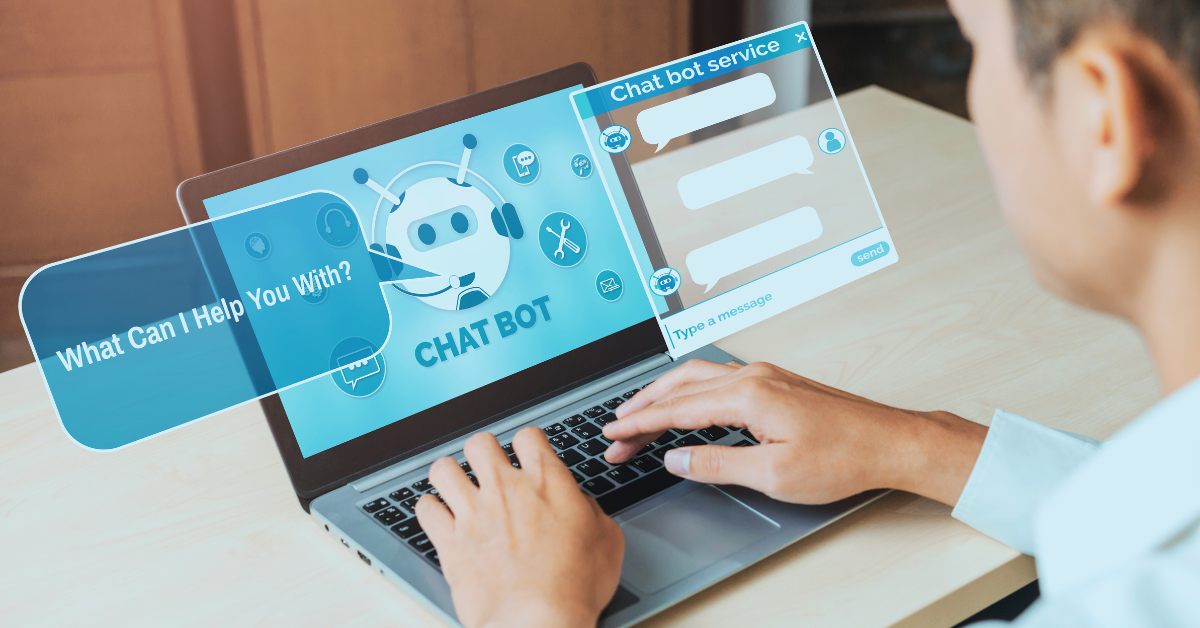By Alex Gray, NZ Regional Manager
In our industry, we try and take the advances that are happening, and try and look at how they will practically help us in the short to medium term first. Smaller work allows us to adapt to see if something is going to validly help us, allows us to be able to gauge and measure progress.
ChatGPT and other AI language models are no exception.
The conversation is very high on ChatGPT, not just in the data community, but around the world across many industries and personal lives.
- Launched in November 2022 it has dominated headlines, captured the public imagination, and its potential implications have been front of mind for industry leaders and regulators alike.
- There has been significant investment in the development of what are being termed foundation large language models, with Microsoft alone, having committed in January this year to investing another $10 billion USD on top of the $2 billion they had already put into Open AI, the developer of ChatGPT.
- There has been an explosion of end-user applications that have been built or modified to leverage the power of ChatGPT
- There has also been a tremendous rate of user adoption with Gartner reporting the time to 1 million users at 5 days for ChatGPT, compared to Instagram on launch taking 2.5 months and Spotify 5 months.
But what is ChatGPT and what can it do?
- ChatGPT is an unsupervised deep learning ML i.e. artificial neural network-based model which has been trained on massive data sets to recognise, summarise, translate, predict and generate content. Typically used in Natural Language Processing this type of model learns context by associating a weighting to the relationships it sees in its input data. It’s from this inference that it creates new things.
- This is how it is different to traditional machine learning. Rather than algorithms that focus on making accurate predictions based on its data set, generative AI is able to create new data and content.
- The new content in is the form of astonishingly human-like conversational text, images, music and videos. It can create blogs, resumes, poems, songs, pictures, sit and pass legal exams even. It can consolidate and summarise information. It can also create and check code.
In the past with search engines like Google, you would search for something and it would return a series of links that were served up by SEO calculations. You would then have to work through these to try and determine the answer.
With ChatGPT you can ask questions and have it come back with summary results from its findings across many sources at once.
You can ask questions, like:
- About the data market, like “What is the best data transformation tool for Snowflake”
- A process question, like “How do I test my data processes”
- A design question, like “Should I use a surrogate key”
- A functional question, like “Which financial services companies should I do a data campaign for”
These are great ways to use ChatGPT to validate your own work and ensure that you are fully aware of the scope of your line of thinking.
Join us as we discuss how you can start to incorporate ChatGPT into your daily data practices:
View our other Upcoming Webinars for further insights.
